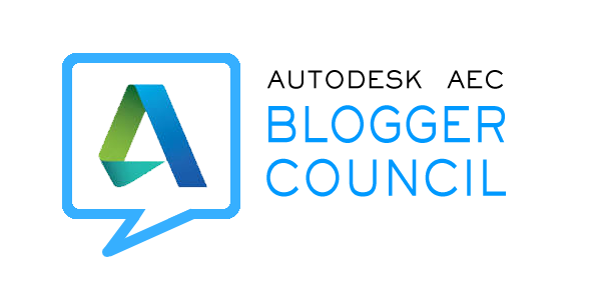Rendering in the cloud
If you haven’t already been using it, the Autodesk cloud rendering service is a must have for all Revit enthusiasts. I will run through how the process works below. The first thing you need to do is check that you have update 2 for your Revit installation. If not, you can download them from the links below:
![]() Autodesk_Revit_Architecture_2012-x86_Update-2 (exe – 250 MB)
Autodesk_Revit_Architecture_2012-x86_Update-2 (exe – 250 MB)
![]() Autodesk_Revit_Architecture_2012-x64_Update-2 (exe – 280 MB)
Autodesk_Revit_Architecture_2012-x64_Update-2 (exe – 280 MB)
Now, your Revit is up to date, and just about ready to begin using the cloud rendering service. With the new updates installed you will notice a new tab in your Revit ribbon called “Online” as seen in the image below. Make sure you are signed in to the Autodesk network via Revit.

It’s as simple as that! You’re Revit is now set up to allow you to render your model in the cloud, saving lots of time, producing a better result and allowing you to continue working on your computer while it is being processed. Now it is your turn to find the specific view that you want to be rendered. Once you have either saved the view, or have a current view active, you are ready to start selecting some render options. (Remember if you are doing an internal render you must set up lighting first).

On the above image, which is a basic rendering options dialogue, you can select your preferences for your render. From this dialogue, you can select which view you want rendered, whether you want it to be a still image or a 360 panorama, image quality, image size and finally file format. Once you have your desired prefences inputted, click “Start Rendering” sit back, and wait for an email from Autodesk confirming that your image has been succesfully rendered.

Now you’ve received your notification from Autodesk, follow the link in the email to access your personal online rendering gallery. In this gallery there will be a list of all the renderings you have produced through the cloud service. You will also be able to access project information such as name and date of creation. Once you have clicked on your newest project / renderings you will be able to download the image as in full size, render with new settings, delete the image, adjust the exposure and more. Below is a small example of the above rendering. A 2.1MB, 1500×1224 pixels, .PNG, Best quality image took less than 4 minutes to render and upload onlne to your gallery. Pretty impressive!



